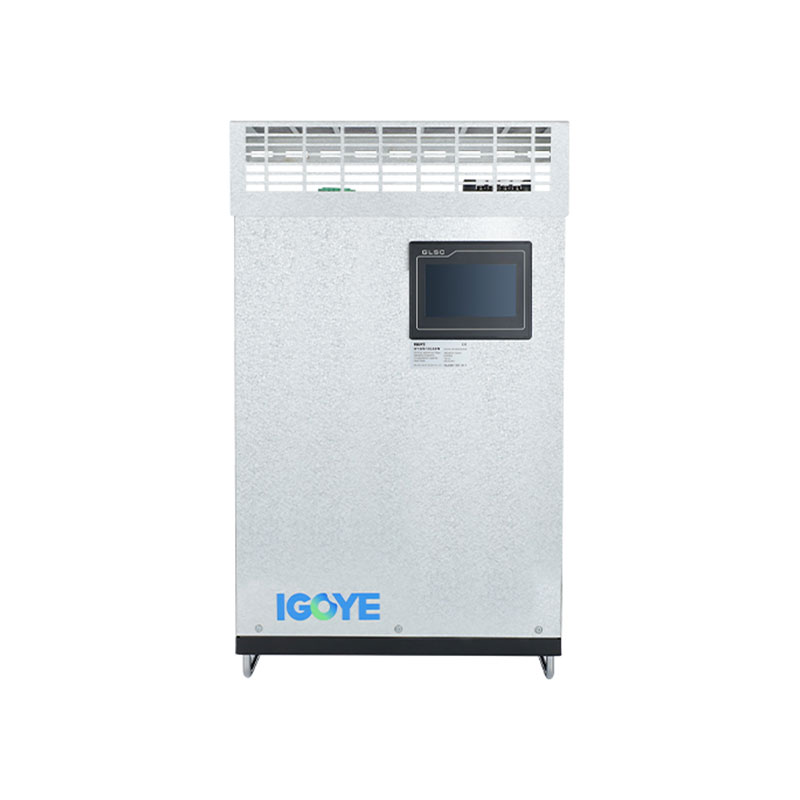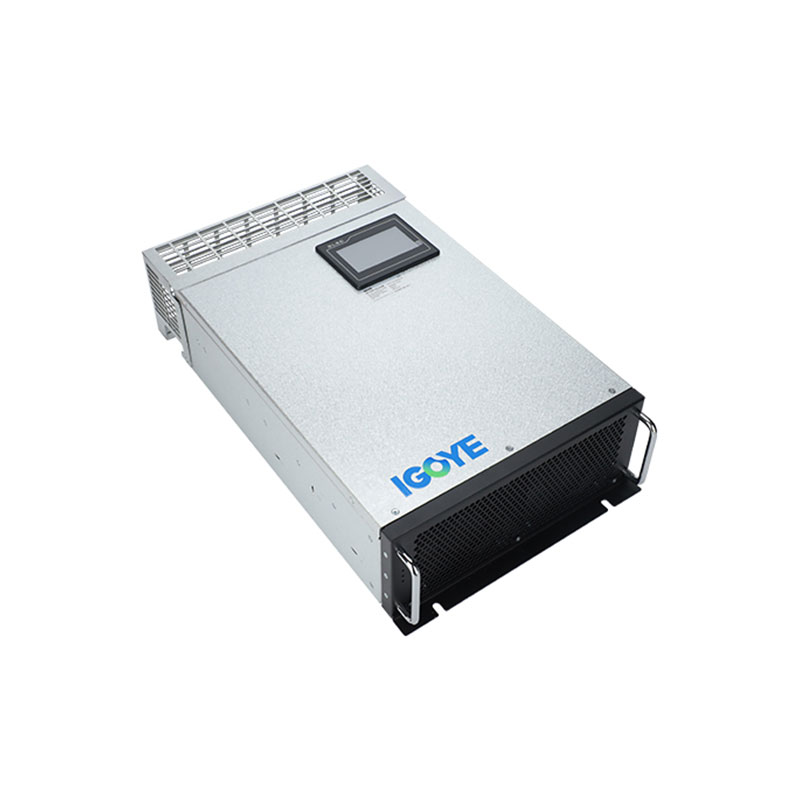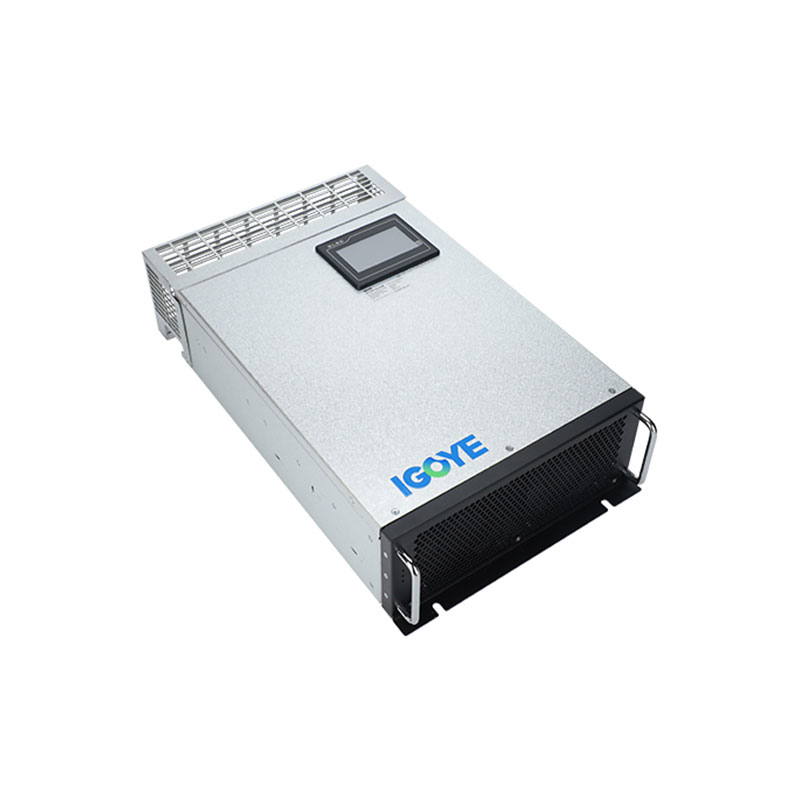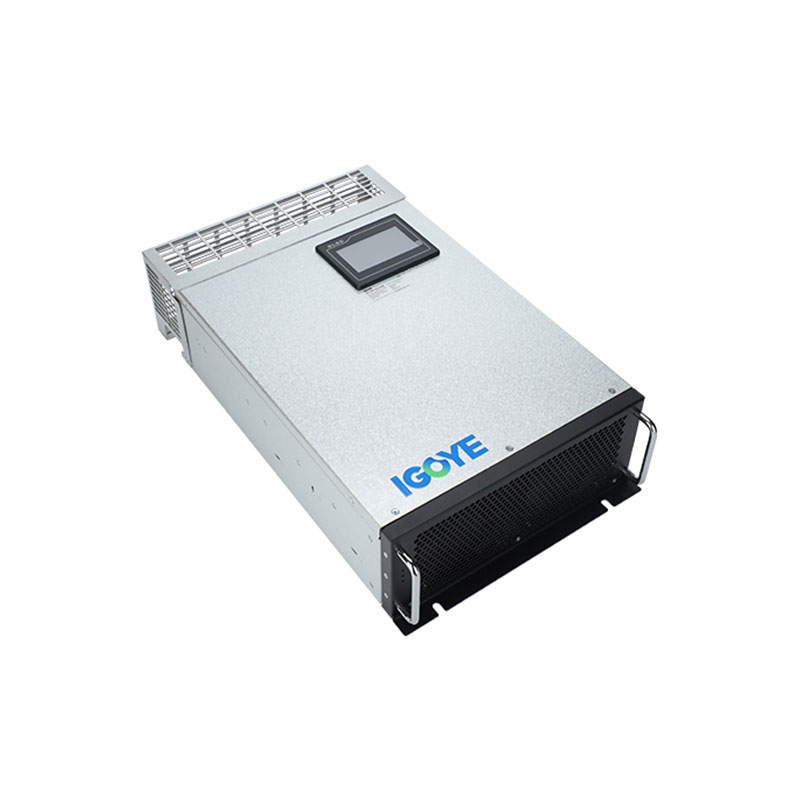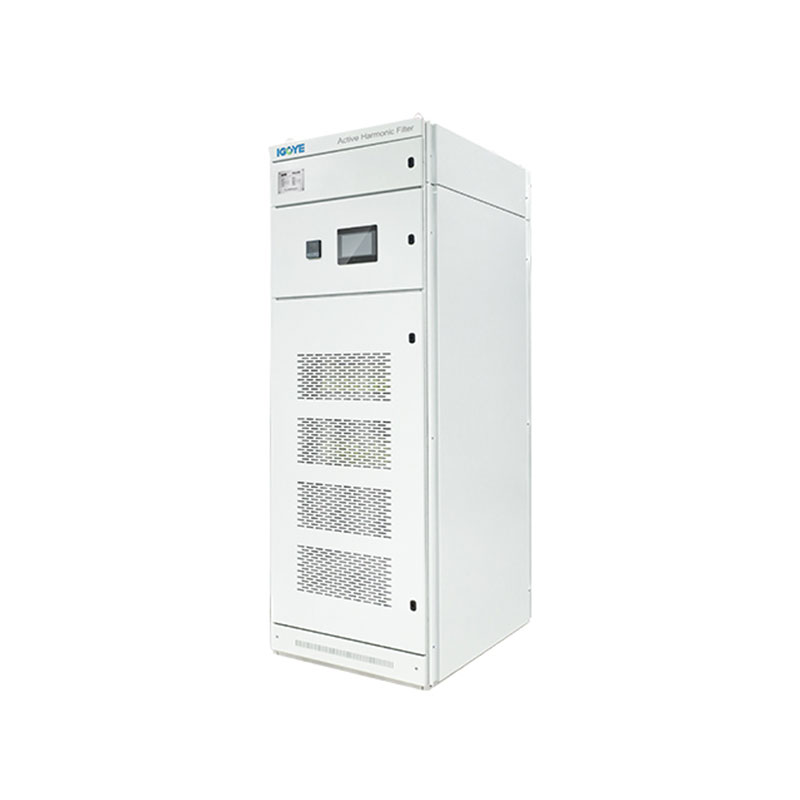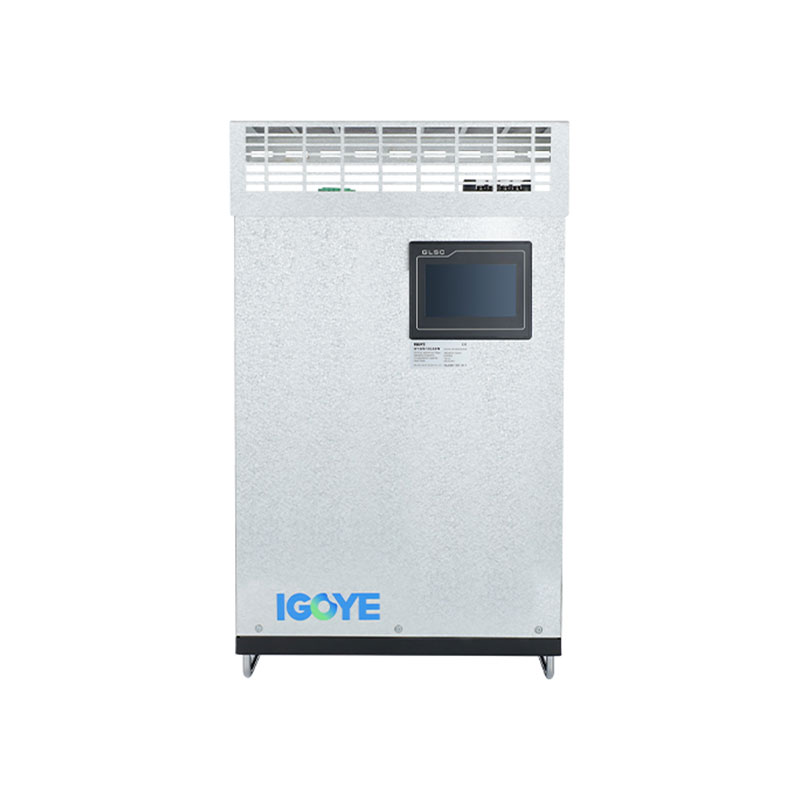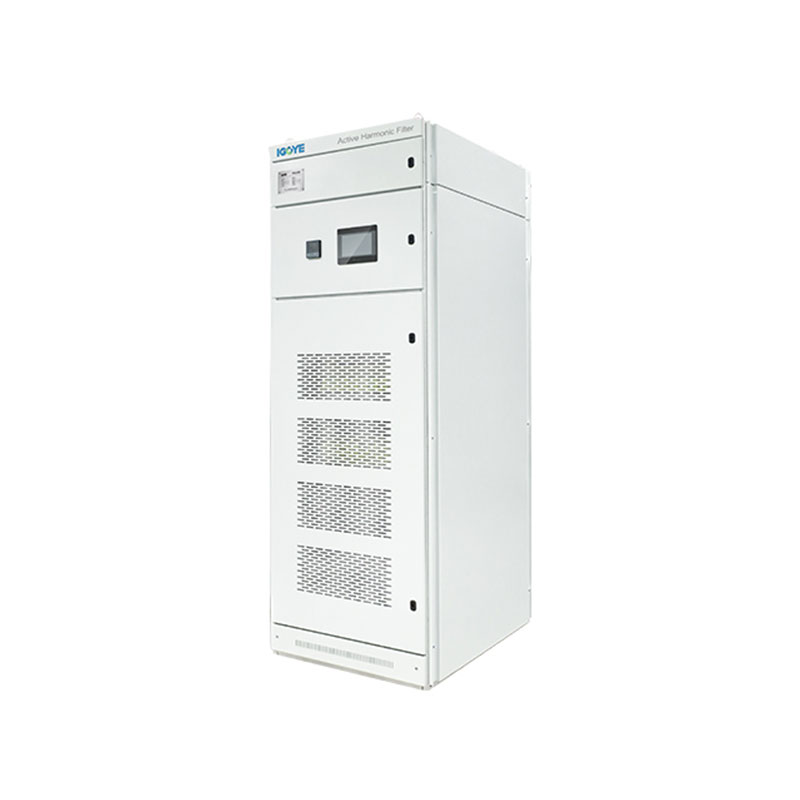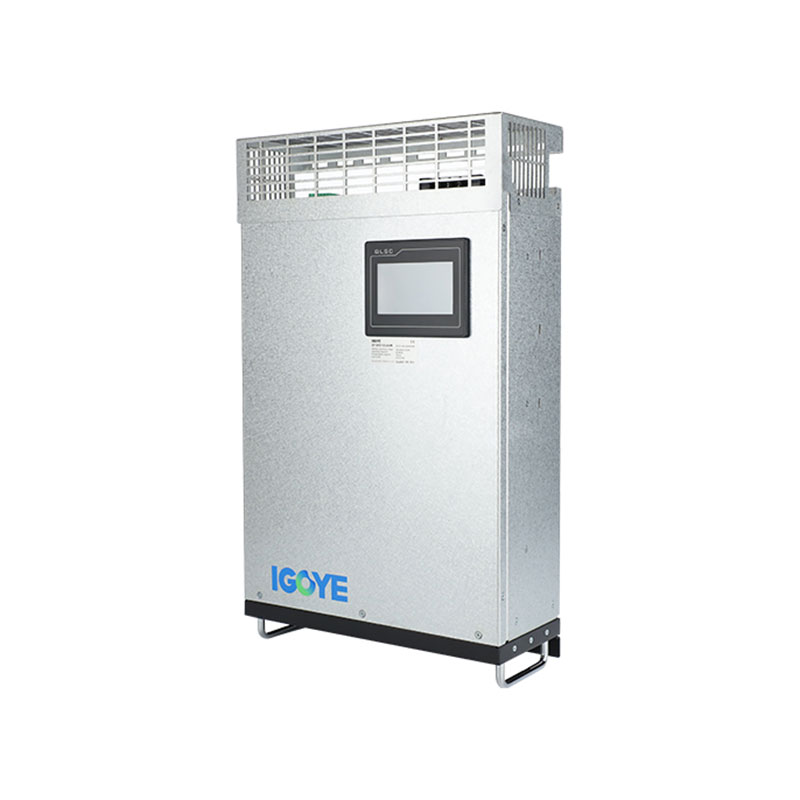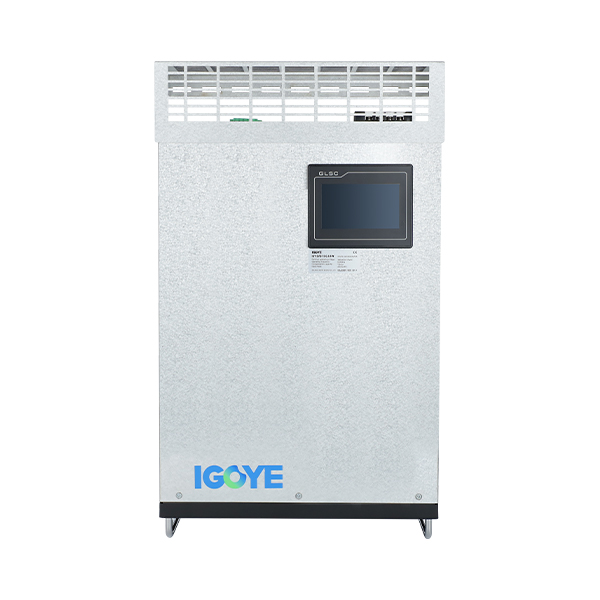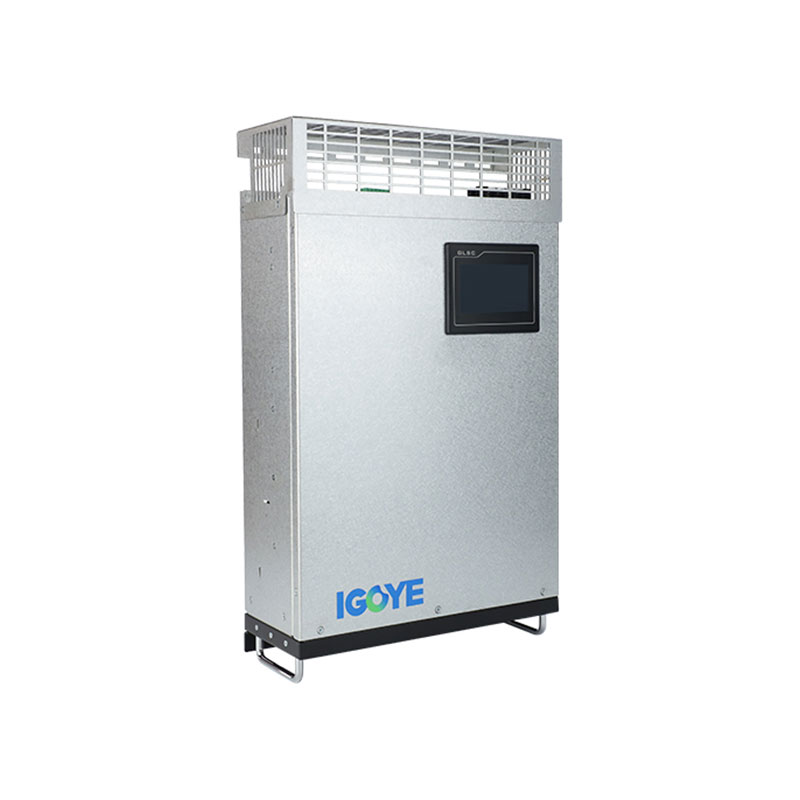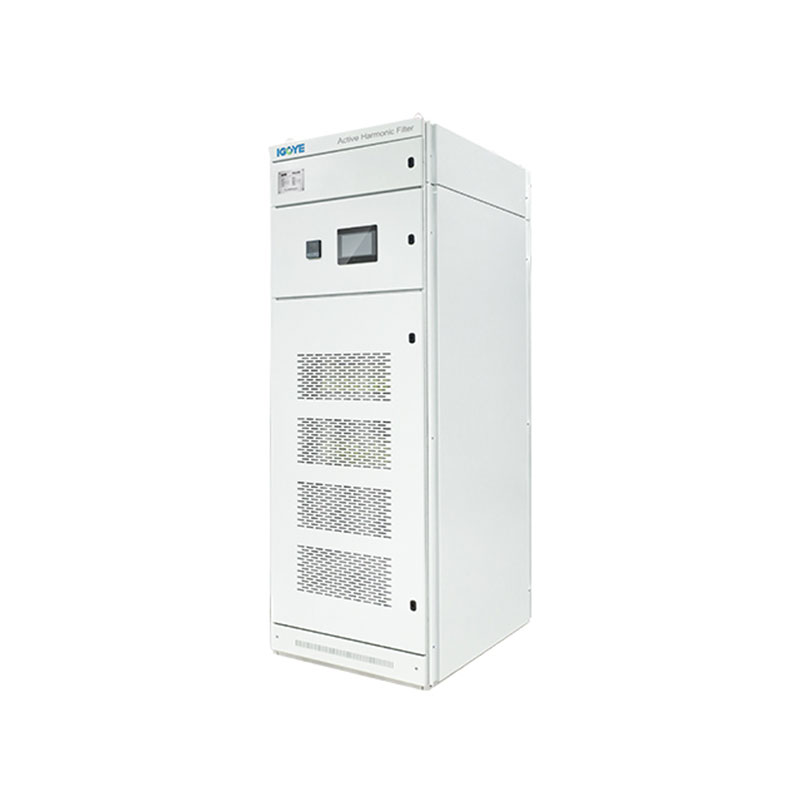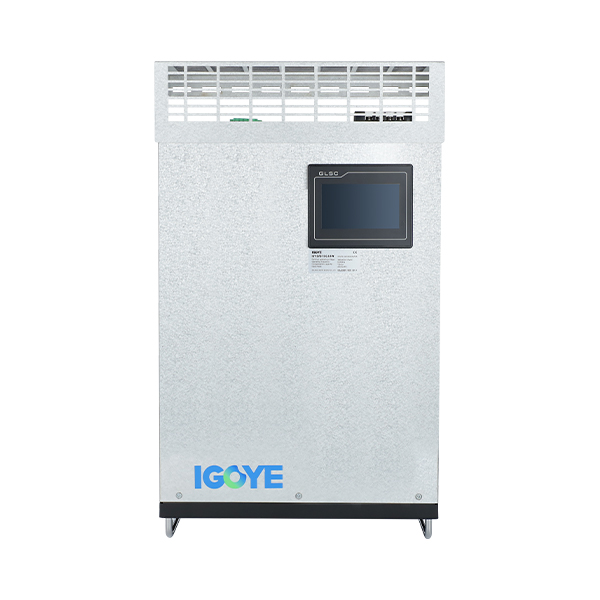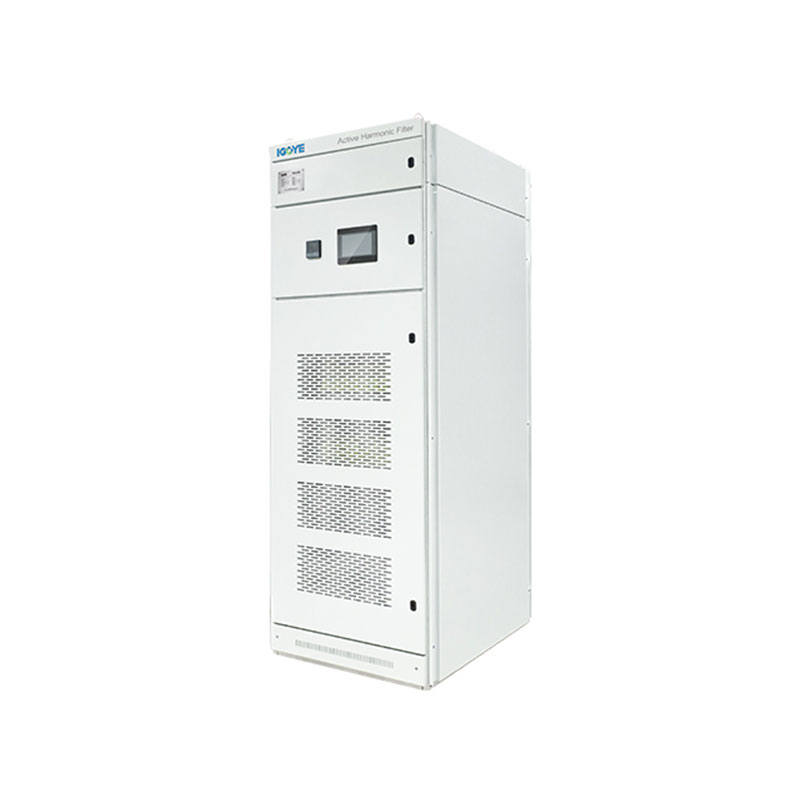How Can a Static Var Generator Improve Power Quality ?
The Static Var Generator is a state-of-the-art power electronic device designed to improve power quality in electrical distribution systems. It functions primarily by dynamically regulating reactive power, maintaining voltage stability, and mitigating harmonic distortion. In an era where renewable energy integration and industrial automation are expanding rapidly, ensuring stable and efficient power delivery is crucial. This article explores the operational principles, advantages, technical specifications, and emerging trends of Static Var Generators while addressing frequently asked questions to help engineers, energy managers, and industrial planners make informed decisions.
At its core, an SVG is a flexible reactive power compensation device that offers faster response times than traditional capacitor banks or synchronous condensers. By continuously monitoring system voltage and current, it injects or absorbs reactive power as needed, thus preventing voltage fluctuations, reducing power losses, and enhancing overall electrical efficiency.
What Are the Key Functions and Benefits of a Static Var Generator?
Static Var Generators serve multiple roles in modern power systems, providing both reactive power support and harmonic mitigation. Some of the key functions and benefits include:
-
Voltage Stabilization: SVGs maintain a steady voltage level even under sudden load changes or fluctuating grid conditions.
-
Reactive Power Compensation: They provide dynamic reactive power compensation, ensuring optimal power factor and reduced transmission losses.
-
Harmonic Mitigation: By actively filtering undesirable harmonics, SVGs improve the quality of electricity, protecting sensitive equipment.
-
Fast Response Time: Modern SVGs react within milliseconds, which is significantly faster than conventional static compensation devices.
-
Energy Efficiency: Reduced reactive power circulation decreases unnecessary energy losses, lowering operational costs.
-
Integration with Renewable Energy: SVGs stabilize voltage in systems with solar or wind energy, which are often intermittent.
Product Parameters of a Typical Static Var Generator
| Parameter | Specification |
|---|---|
| Rated Voltage | 380–690 V AC |
| Rated Capacity | 50 kVAr – 2000 kVAr |
| Response Time | < 10 ms |
| Control Mode | PQ Control / Voltage Control / Power Factor Control |
| Harmonic Filtering | Up to 50th order |
| Operating Temperature | -20°C to +50°C |
| Cooling Method | Forced Air / Liquid Cooling |
| Communication Interfaces | Modbus, Profibus, Ethernet |
| Efficiency | ≥ 98% |
| Protection Functions | Overvoltage, Overcurrent, Short Circuit, Thermal Protection |
The above parameters demonstrate the SVG’s ability to adapt to diverse industrial, commercial, and utility-scale applications. By maintaining precise voltage regulation, the device ensures uninterrupted operation of critical systems such as manufacturing plants, data centers, and renewable energy inverters.
Why Should Industries Invest in Static Var Generators?
The adoption of SVGs is driven by the growing demand for energy efficiency, high power quality, and grid reliability. Industrial facilities face multiple challenges that make SVGs a necessary investment:
-
Power Factor Penalties: Many utilities impose financial penalties for low power factor. SVGs dynamically correct power factor, avoiding additional costs.
-
Equipment Longevity: Voltage fluctuations and harmonic distortion can accelerate the wear of motors, transformers, and sensitive electronics. SVGs reduce these stresses.
-
Energy Efficiency: Improved reactive power compensation reduces transmission losses, translating to measurable energy savings.
-
Compliance with Grid Codes: As national and international standards evolve, facilities must meet strict reactive power and harmonic distortion limits. SVGs help ensure compliance.
-
Support for Renewable Energy: SVGs stabilize grids that integrate intermittent solar or wind power, preventing voltage collapse and supporting stable operation.
Frequently Asked Questions (FAQs)
Q1: How does an SVG differ from a traditional capacitor bank?
A1: Unlike fixed capacitor banks, an SVG provides dynamic reactive power compensation, adjusting output in real-time to match load variations. Capacitor banks deliver a static correction and cannot respond quickly to sudden voltage fluctuations. SVGs also actively filter harmonics, which capacitor banks cannot manage effectively.
Q2: Can an SVG handle high harmonic loads?
A2: Yes. SVGs are designed with advanced harmonic filtering capabilities, typically mitigating harmonics up to the 50th order. This protects sensitive equipment and reduces stress on transformers and cables caused by harmonic currents.
How Does a Static Var Generator Operate and Integrate into Electrical Networks?
Static Var Generators utilize power electronic converters, such as IGBTs (Insulated Gate Bipolar Transistors), to inject or absorb reactive power based on the system's instantaneous voltage and current readings. The process involves several critical steps:
-
System Monitoring: Voltage and current sensors continuously measure the grid parameters.
-
Control Algorithm: The internal controller calculates the required reactive power compensation to maintain voltage and power factor within target limits.
-
IGBT Switching: The power converter adjusts the current injection or absorption dynamically in milliseconds.
-
Harmonic Filtering: The SVG filters out unwanted harmonic currents to improve power quality.
-
Communication and Integration: Modern SVGs support industrial communication protocols (Modbus, Profibus, Ethernet), enabling seamless integration into SCADA and energy management systems.
By acting almost instantaneously, SVGs can mitigate transient voltage drops, voltage flicker, and reactive power swings. In industrial applications, this is particularly important for heavy motor-driven processes, high-frequency electronics, and renewable energy systems, which are highly sensitive to power quality disturbances.
What Are the Future Trends and Innovations in Static Var Generator Technology?
The demand for SVGs is expected to rise as power systems become more complex and renewable energy penetration increases. Several trends are shaping the future of SVG technology:
-
Smart Grid Integration: Advanced SVGs are being equipped with AI-driven predictive control algorithms to anticipate load changes and renewable energy fluctuations.
-
Hybrid Systems: Integration of SVGs with energy storage systems allows simultaneous voltage regulation and energy optimization.
-
Higher Efficiency Converters: Next-generation power electronics aim for efficiency above 99%, reducing energy losses and thermal stress.
-
Compact Designs: Modular SVGs with smaller footprints enable installation in constrained spaces without compromising performance.
-
Global Standardization: Enhanced compliance with IEC, IEEE, and local grid codes ensures consistent performance across regions.
Frequently Asked Questions (FAQs)
Q3: What is the typical lifespan of an SVG?
A3: Modern Static Var Generators are designed for long-term operation, typically exceeding 15–20 years with proper maintenance. The lifespan depends on operating conditions, environmental factors, and load profiles. Routine inspections of power electronics and cooling systems can further extend service life.
Q4: Can SVGs be used in both low-voltage and medium-voltage applications?
A4: Yes. SVGs are versatile and can be deployed in low-voltage (380–690V) and medium-voltage (up to 35 kV) networks, depending on system design and converter ratings. Medium-voltage SVGs often use step-up transformers to match grid voltage requirements, ensuring consistent reactive power support.
Why GEYA’s Static Var Generators Are the Ideal Choice
In summary, Static Var Generators are essential devices for ensuring high power quality, voltage stability, and energy efficiency in modern electrical networks. By providing fast reactive power compensation, harmonic filtering, and seamless integration with smart grids, SVGs help industrial facilities, commercial buildings, and renewable energy systems operate reliably and cost-effectively.
GEYA offers a complete range of advanced Static Var Generators, designed with high efficiency, robust protection functions, and versatile communication options. Their solutions are optimized for both low-voltage and medium-voltage applications, providing superior performance in dynamic power environments. For detailed product specifications, consultation, or customized solutions, contact us to explore how GEYA Static Var Generators can elevate your power system performance.
- Why did a cabinet-type active harmonic filter change the way my plant handles power quality?
- What makes a wall-mounted static var generator the smart fix for unstable power?
- Can Your Facility Meet Strict Grid Regulations with a Cabinet-Type Static Var Generator
- Does a Rack Mount Active Harmonic Filter Protect Against Transformer Damage
- Can a cabinet-type active harmonic filter turn hidden power losses into quick returns?
- Can a Rack Mount Active Harmonic Filter unlock hidden capacity and calmer waveforms?

